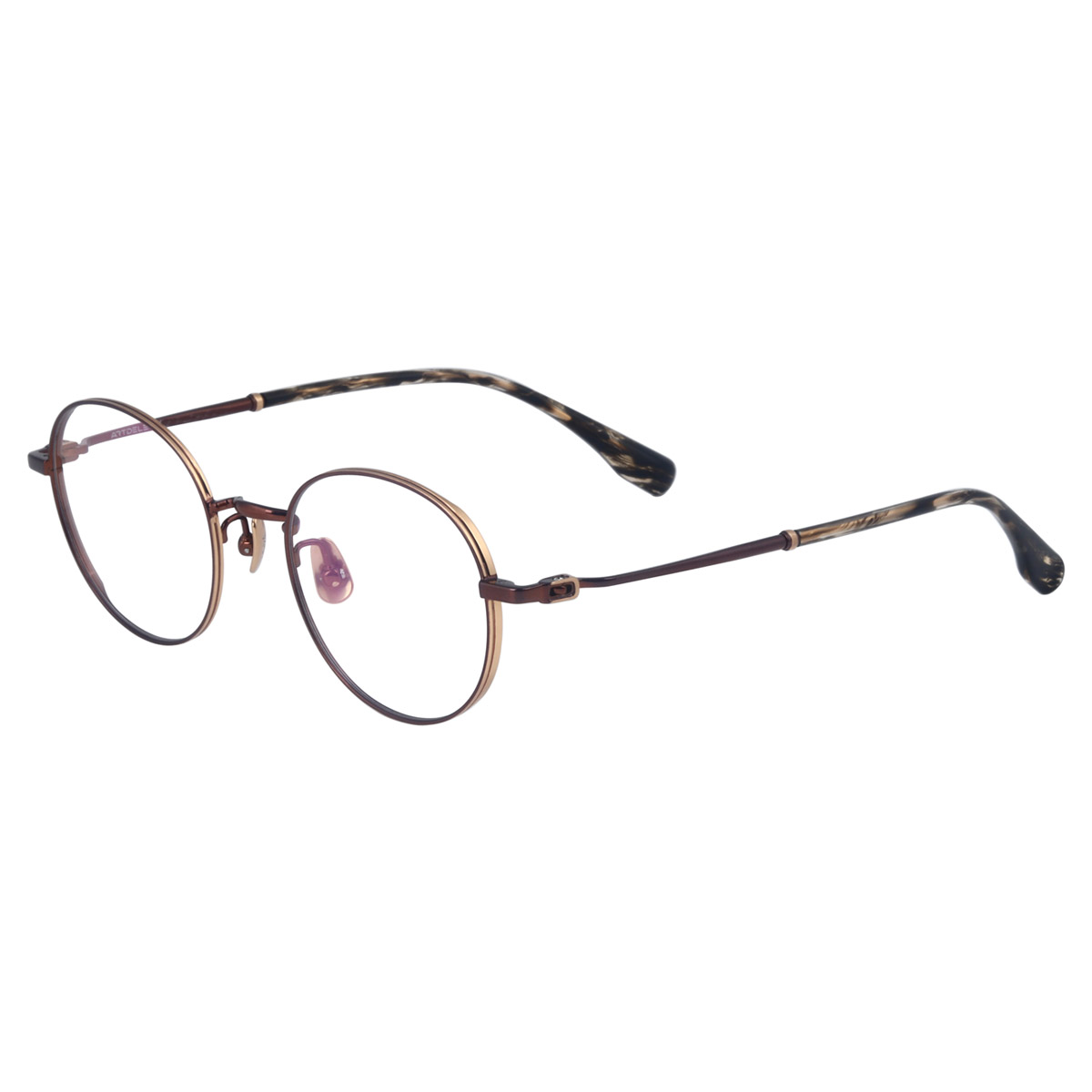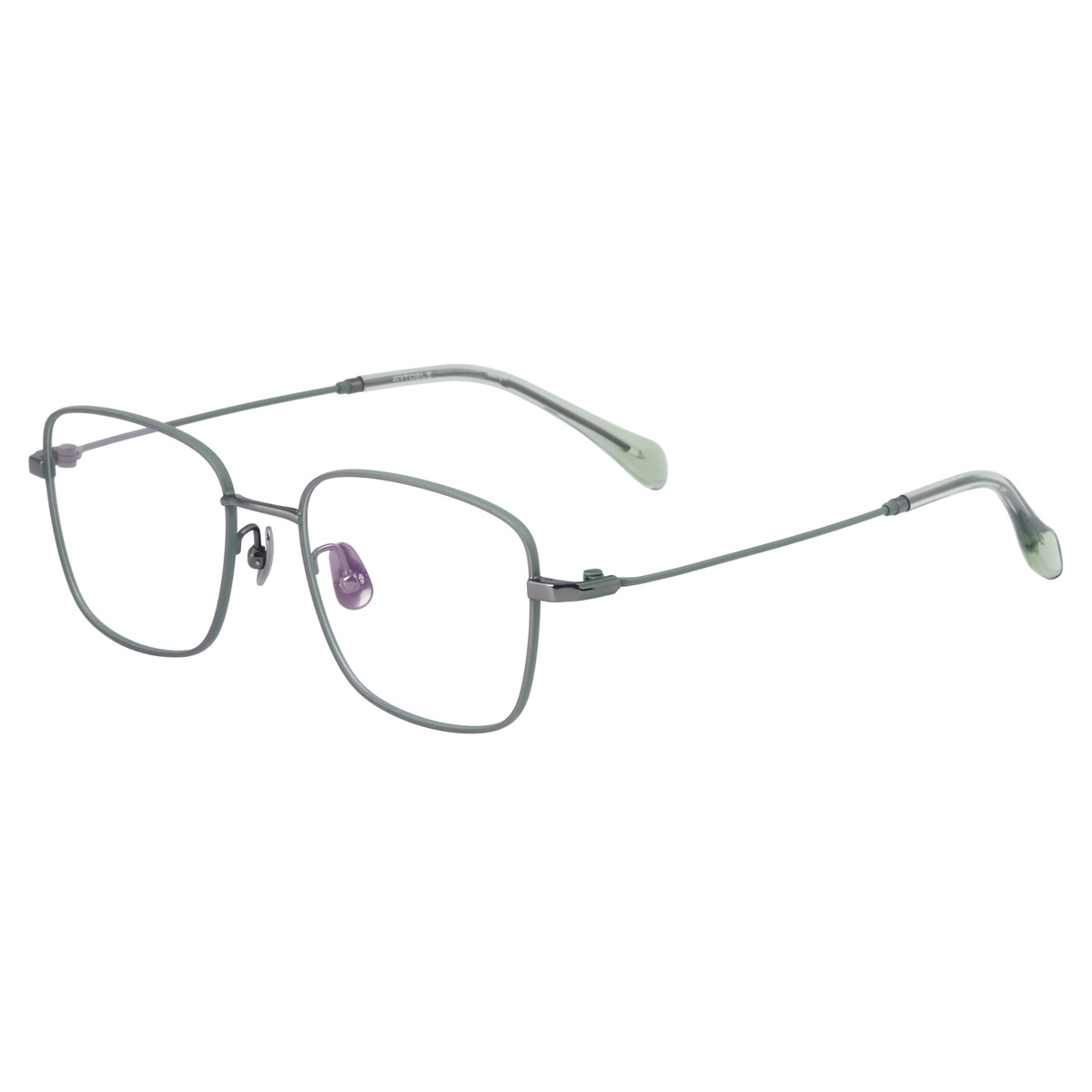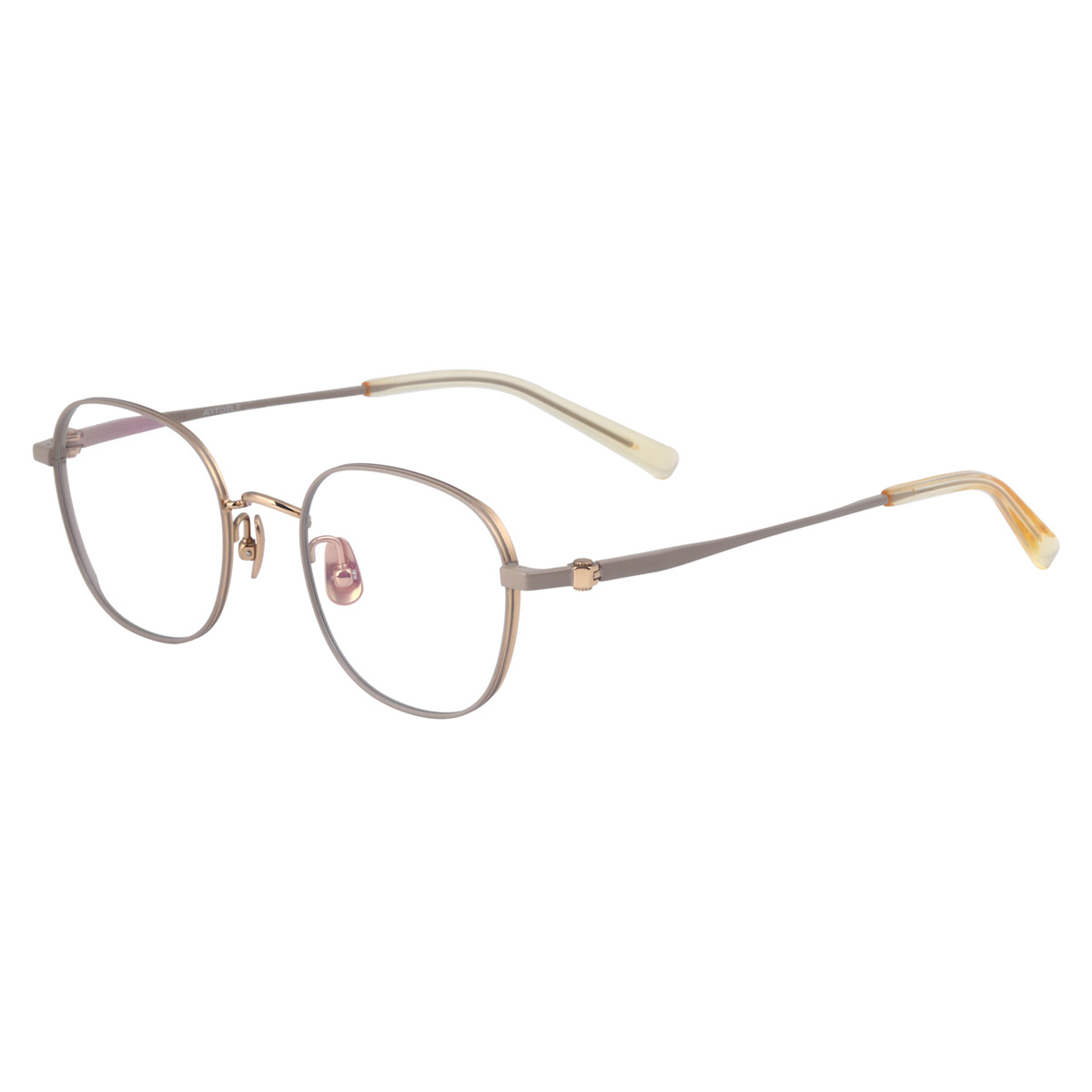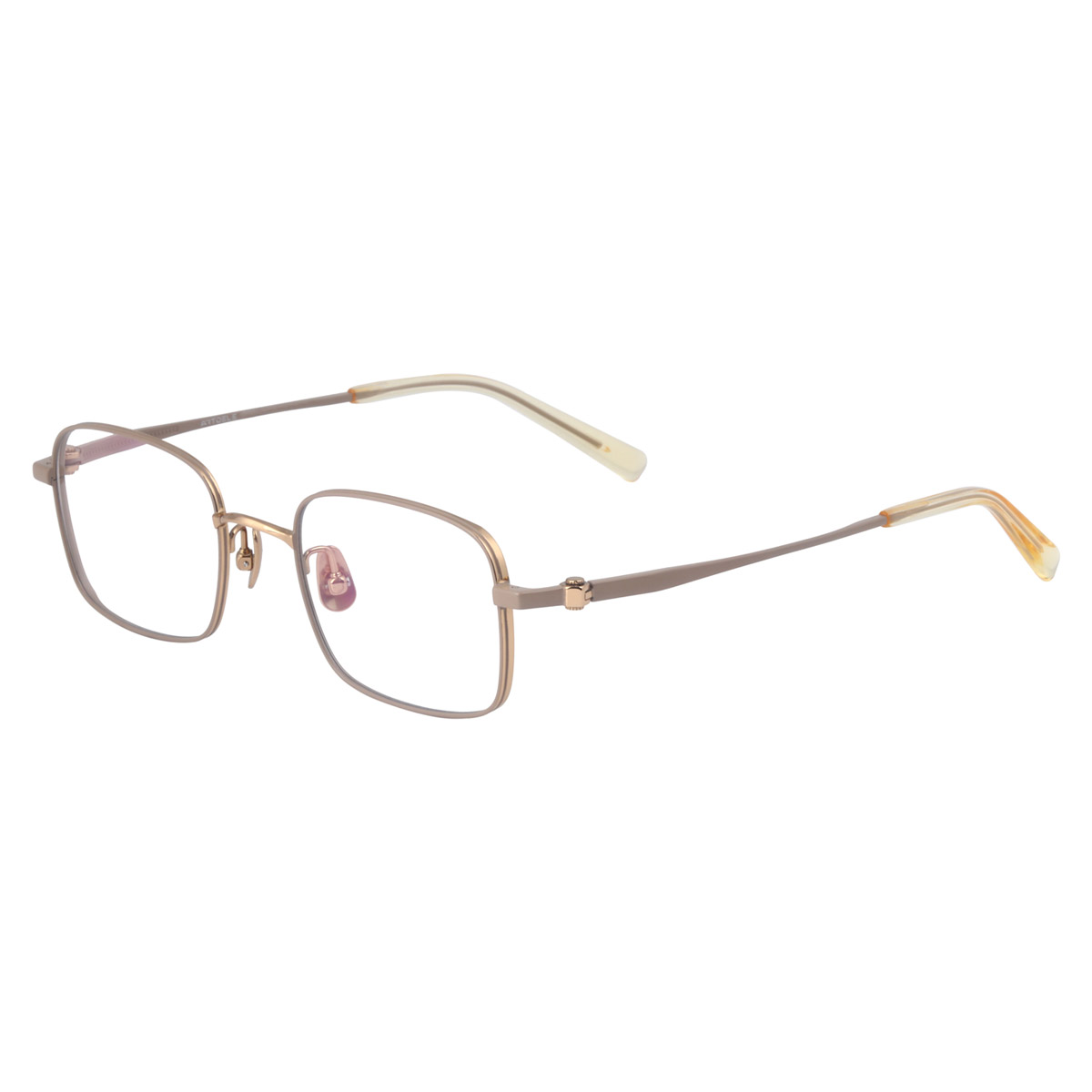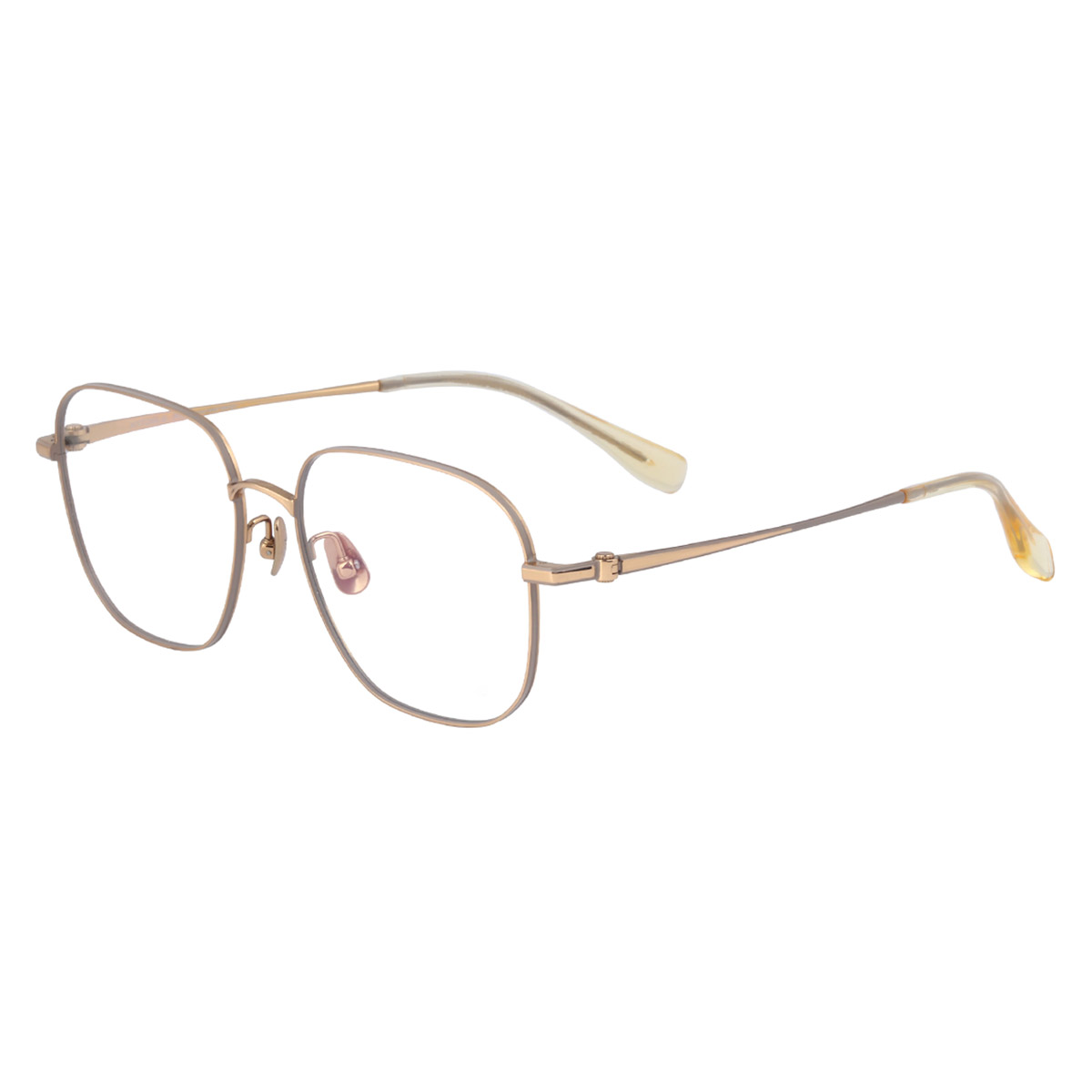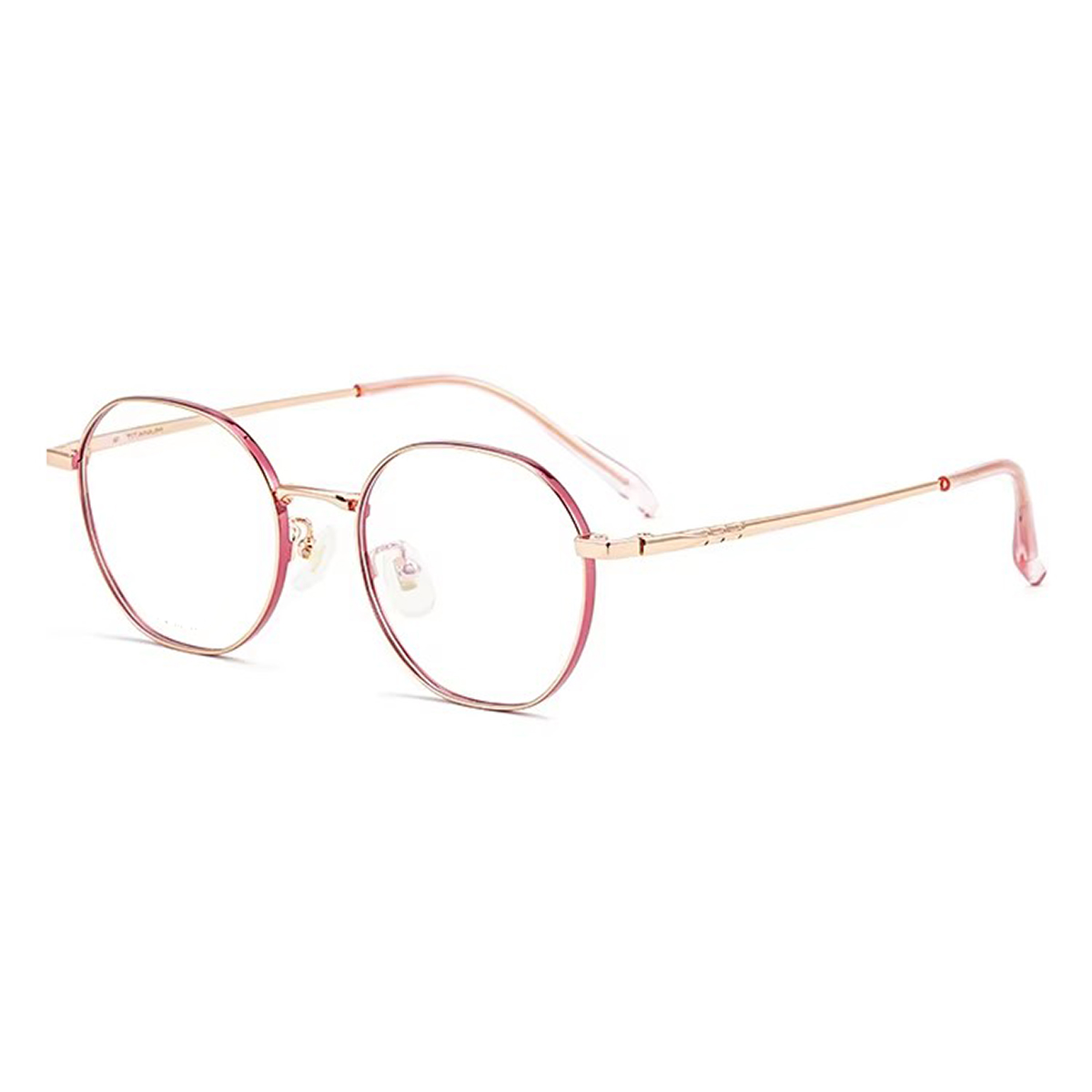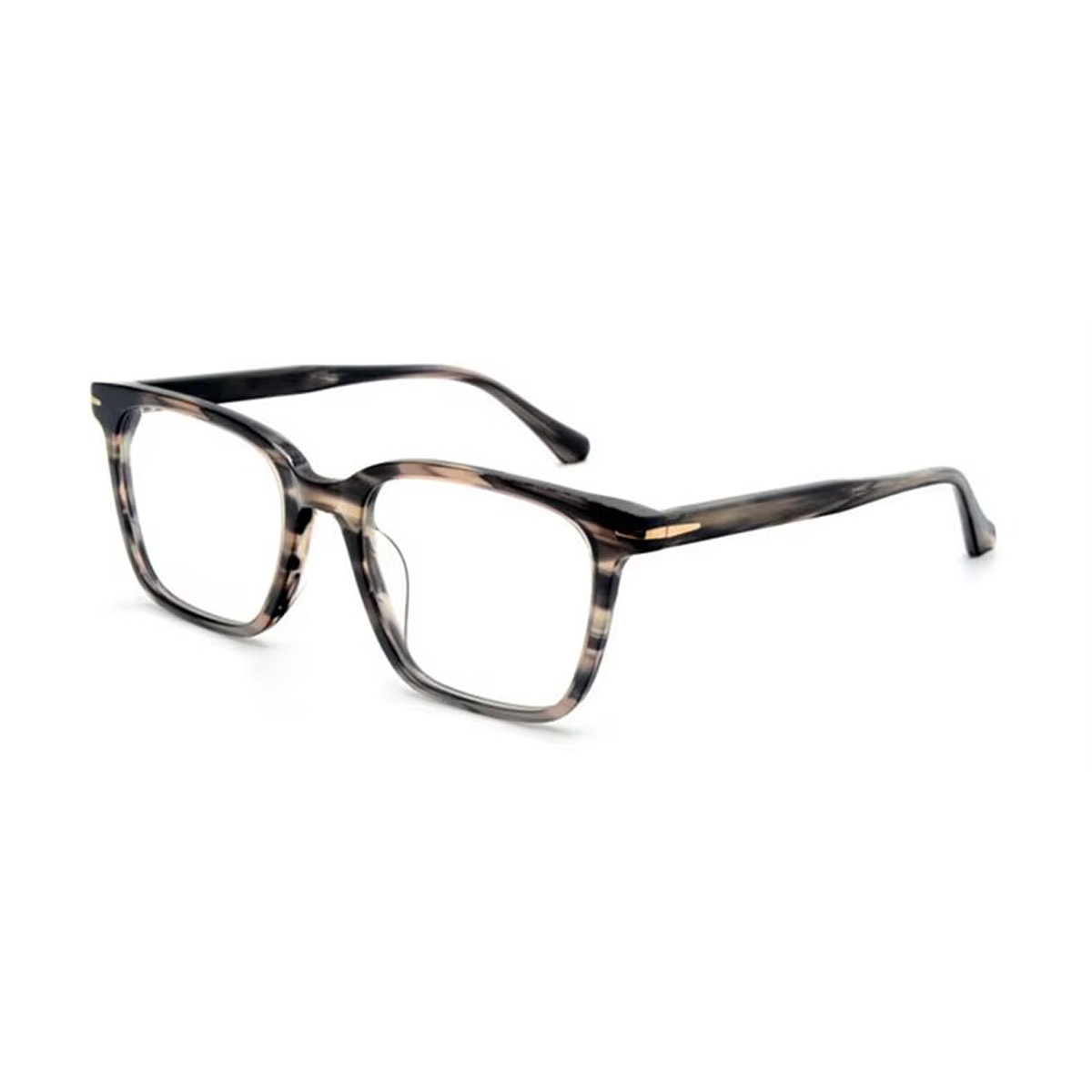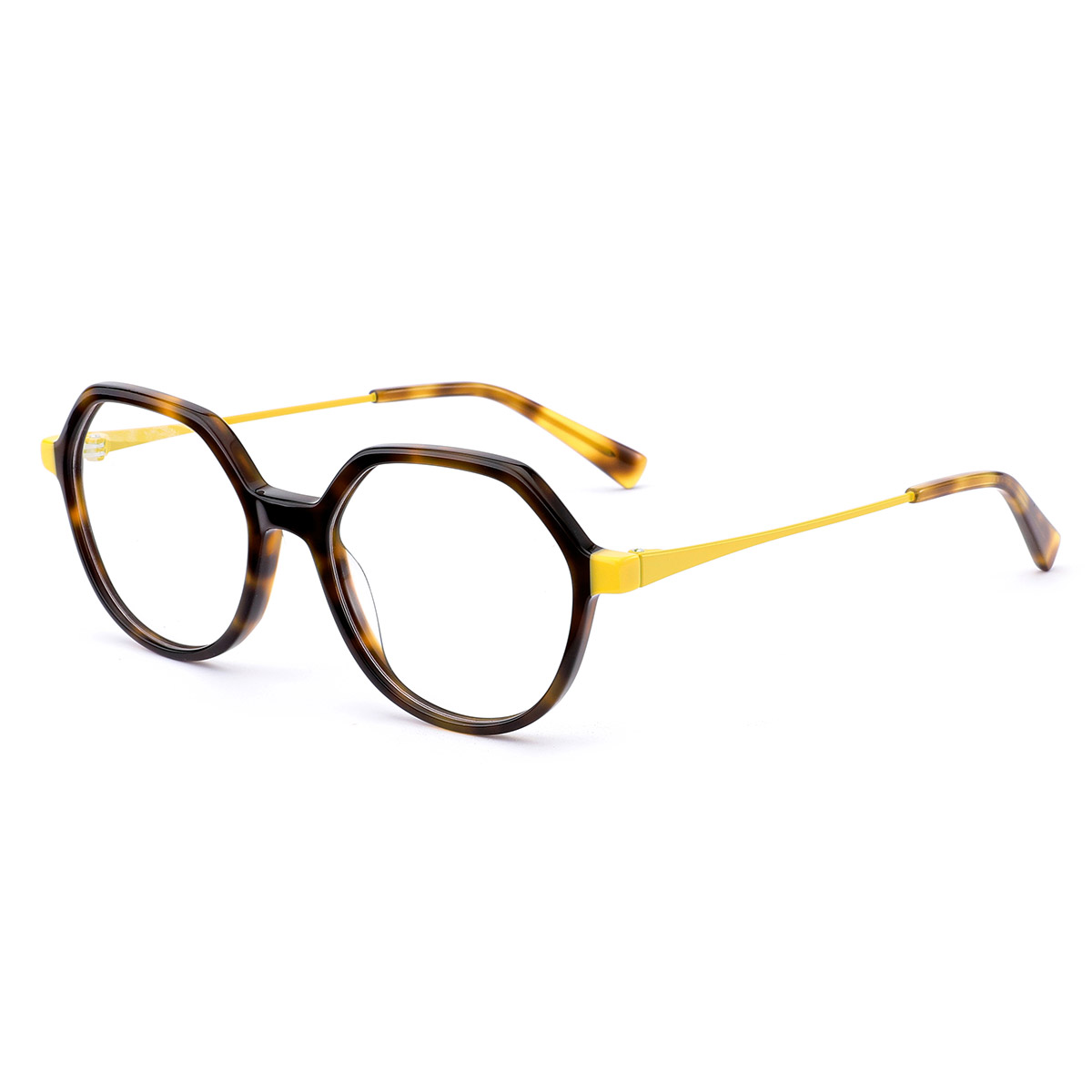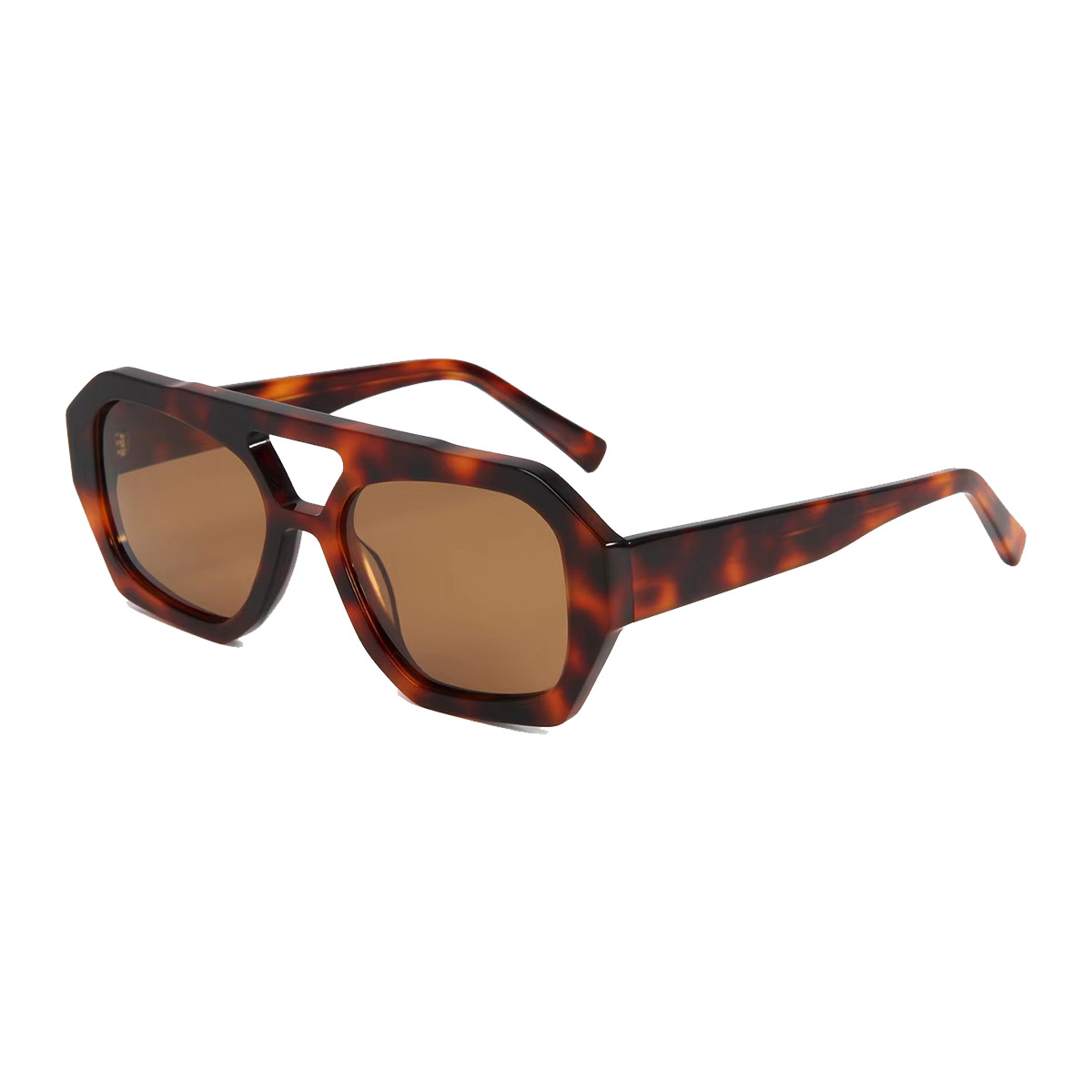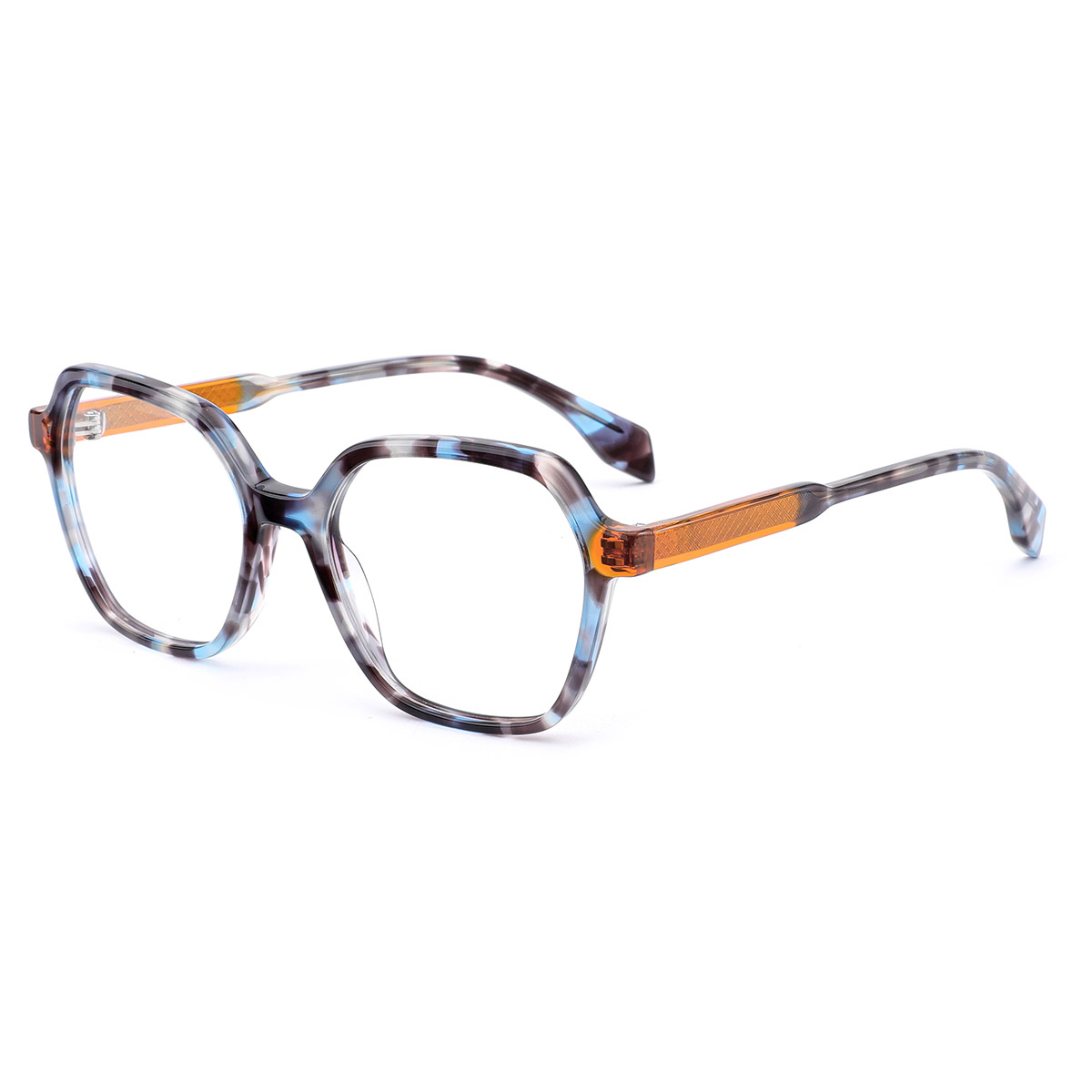Optical glasses, as an essential tool for vision correction and protection, require sophisticated technology in their design, materials, and manufacturing processes. As a leading industry leader, Zhejiang Qiliang Optical Technology Co., Ltd. leverages its advanced production capabilities and multi-material manufacturing experience to provide reliable products to users worldwide.
Question: What is the basic definition and function of optical glasses?
Answer:
Optical glasses are devices specifically designed to correct vision impairments or provide eye protection. Their core components include lenses and frames.
Lenses use optical principles to adjust light refraction, helping users improve nearsightedness, farsightedness, or astigmatism; frames support the lenses and ensure comfortable wearing.
In addition to vision correction, optical glasses also provide protective features, such as filtering UV rays and blue light to reduce environmental damage to the eyes.
Professional manufacturers such as Zhejiang Qiliang Optical Technology Co., Ltd. focus on the research and development of these products, ensuring they meet ergonomic standards and meet the needs of diverse users.
Question: What are the common materials used in optical glasses, and how do these materials affect performance? Answer:
Lens materials primarily include resin, glass, and polymer compounds. Resin lenses are lightweight and impact-resistant, making them suitable for everyday use; glass lenses offer clearer vision but are heavier.
Frames can be made of metal, plastic, and composite materials. Metal frames, such as titanium alloy, offer high strength and corrosion resistance, while plastic frames are flexible, lightweight, and easy to style.
The choice of material directly impacts the durability, comfort, and optical performance of eyewear. For example, lightweight materials reduce pressure on the nose bridge, while high-refractive-index materials improve visual clarity.
Leading companies like Zhejiang Qiliang Optical Technology Co., Ltd. have extensive experience in material application and are able to produce products with a variety of material combinations, ensuring stable performance over long-term use.
Question: What are the key steps involved in the manufacturing process of optical glasses?
Answer:
The manufacturing process begins with the design phase. Engineers create lens curvatures and frame structures based on optical principles and ergonomics to ensure a precise fit for vision needs. Material processing involves injection molding or mechanical cutting. Injection molding is used for mass production of plastic frames, while metal frames are precision-cut and welded.
During the assembly phase, the lenses are inserted into the frames and tested for alignment to ensure optical center point alignment and comfortable fit. Subsequent treatments include surface coatings to enhance scratch resistance and anti-reflection properties.
Zhejiang Qiliang Optical Technology Co., Ltd. utilizes its advanced equipment to efficiently perform these processes, emphasizing quality control and producing glasses that meet the industry's highest standards for precision and appearance.
Question: Why are high-quality optical glasses so important for vision health?
Answer:
High-quality optical glasses provide precise vision correction, reduce the risk of eye fatigue and headaches, and slow vision deterioration with long-term use.
Protective features such as UV filtering and blue light blocking can prevent eye diseases such as cataracts and macular degeneration, which are particularly important in today's digital age.
Comfort features include adjustable nose pads and elastic temples to ensure comfortable all-day wear. Durable materials extend product life and reduce the need for replacements. Professional companies like Zhejiang Qiliang Optical Technology Co., Ltd. ensure that every pair of glasses carries a health guarantee through strict quality control, helping users maintain long-term vision well-being.
Question: How can I choose the right optical glasses for different needs?
Answer:
Users should choose a lens type based on their vision issues. For example, single-vision lenses are suitable for single correction, while progressive lenses address multifocal needs. They should also consider lens features such as blue light protection or color-changing lenses to adapt to environmental changes.
Frame selection should be based on face shape and personal style. Round faces are suitable for square frames with a balanced silhouette, while lightweight, non-slip designs are recommended for sports. Material preferences include metal frames for formal occasions, while plastic frames are more casual.
Environmental factors should also be considered. For outdoor activities, UV-protective lenses are preferred, while anti-fatigue properties are important for office environments.
Zhejiang Qiliang Optical Technology Co., Ltd.'s multi-material production capabilities support customized solutions, allowing users to choose the optimal combination based on their needs.
Question: What professional advice is there for daily care and maintenance of optical glasses?
Answer:
Cleaning Method: Use a dedicated lens cloth and cleaning solution to wipe the lenses, avoiding scratches caused by friction with paper towels or clothing. Regularly clean the nose pads and temples to prevent grease accumulation.
Storage Guidelines: Store glasses in a hard case away from high temperatures and humidity to prevent lens deformation or coating peeling. Avoid storing glasses face down to reduce the risk of contact with hard objects.
Usage Practices: Use both hands when putting on and off glasses, avoiding pulling on the temples with one hand, which may cause deformation. Regularly check the tightness of the screws and tighten them promptly to ensure stability.
Zhejiang Qiliang Optical Technology Co., Ltd.'s product design focuses on easy maintenance, and its manufacturing process ensures that glasses remain in optimal condition for a long time with proper care.

 Search
Search EN
EN English
English Deutsch
Deutsch Français
Français Español
Español italiano
italiano cn
cn jp
jp kr
kr








